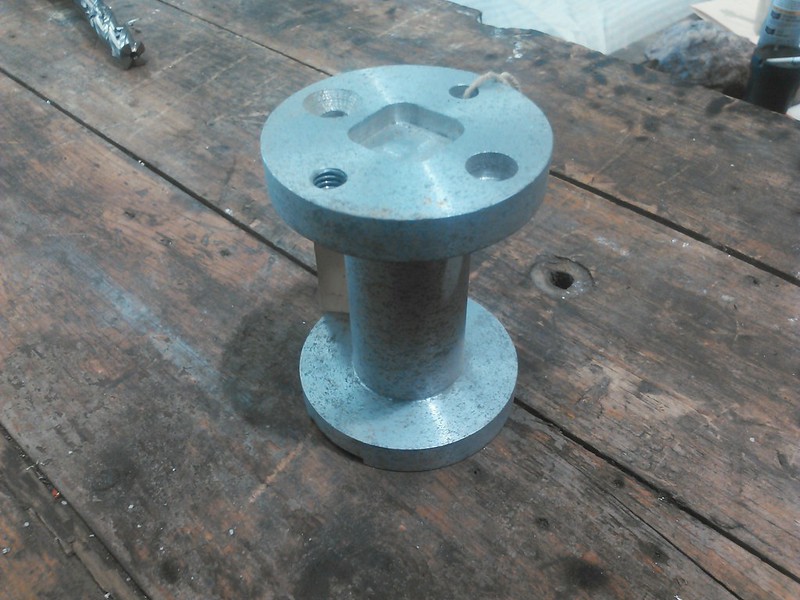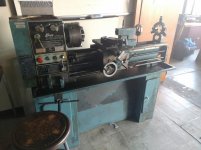nerdyrcdriver
Aluminum
- Joined
- Apr 2, 2017
Hi everyone,
I am tasked with teaching many students how to use the lathes in one of the school shops that I use often. For the kinds of speeds that people are comfortable running at, I know we are usually far under where carbide performs best. That is, until I get them on the CNC and it can actually run that fast and have stops so it is near impossible to crash.
I would just use HSS, but there is an entire art form in grinding HSS that I don't currently posses the skills to teach. Running the lathe is complicated enough for some people anyway.
We have a bunch of old carbide, but it is old carbide. Absolutely no information on speeds and feeds online and what I can find, it seems like someone ordered a bunch of specialty inserts for materials we don't usually work with. From what I have read online, carbide has come a long way since those inserts were made. Plus after years of use and abuse in a student shop, most of our insert holders are trashed. Something I am trying to avoid by teaching people how to use the equipment properly.
Not looking for mirror finishes like we are assembling hydraulic cylinders or anything.
We often run aluminum and cheap steel. I know that is very vague, but we have a ton of material in our shop but it isn't labeled in any way.
What are some basic insert recommendations for this case? Just basic OD turning and facing. Generally no heavy cutting.
Also, an actual class is taught in this shop once a year. One of their projects is to turn a basic part, but the GA orders cold rolled steel. I can not for the life of me get a good surface finish on that material. Is there an insert that will do well with cold rolled?
Thank you!
I am tasked with teaching many students how to use the lathes in one of the school shops that I use often. For the kinds of speeds that people are comfortable running at, I know we are usually far under where carbide performs best. That is, until I get them on the CNC and it can actually run that fast and have stops so it is near impossible to crash.
I would just use HSS, but there is an entire art form in grinding HSS that I don't currently posses the skills to teach. Running the lathe is complicated enough for some people anyway.
We have a bunch of old carbide, but it is old carbide. Absolutely no information on speeds and feeds online and what I can find, it seems like someone ordered a bunch of specialty inserts for materials we don't usually work with. From what I have read online, carbide has come a long way since those inserts were made. Plus after years of use and abuse in a student shop, most of our insert holders are trashed. Something I am trying to avoid by teaching people how to use the equipment properly.
Not looking for mirror finishes like we are assembling hydraulic cylinders or anything.
We often run aluminum and cheap steel. I know that is very vague, but we have a ton of material in our shop but it isn't labeled in any way.
What are some basic insert recommendations for this case? Just basic OD turning and facing. Generally no heavy cutting.
Also, an actual class is taught in this shop once a year. One of their projects is to turn a basic part, but the GA orders cold rolled steel. I can not for the life of me get a good surface finish on that material. Is there an insert that will do well with cold rolled?
Thank you!




